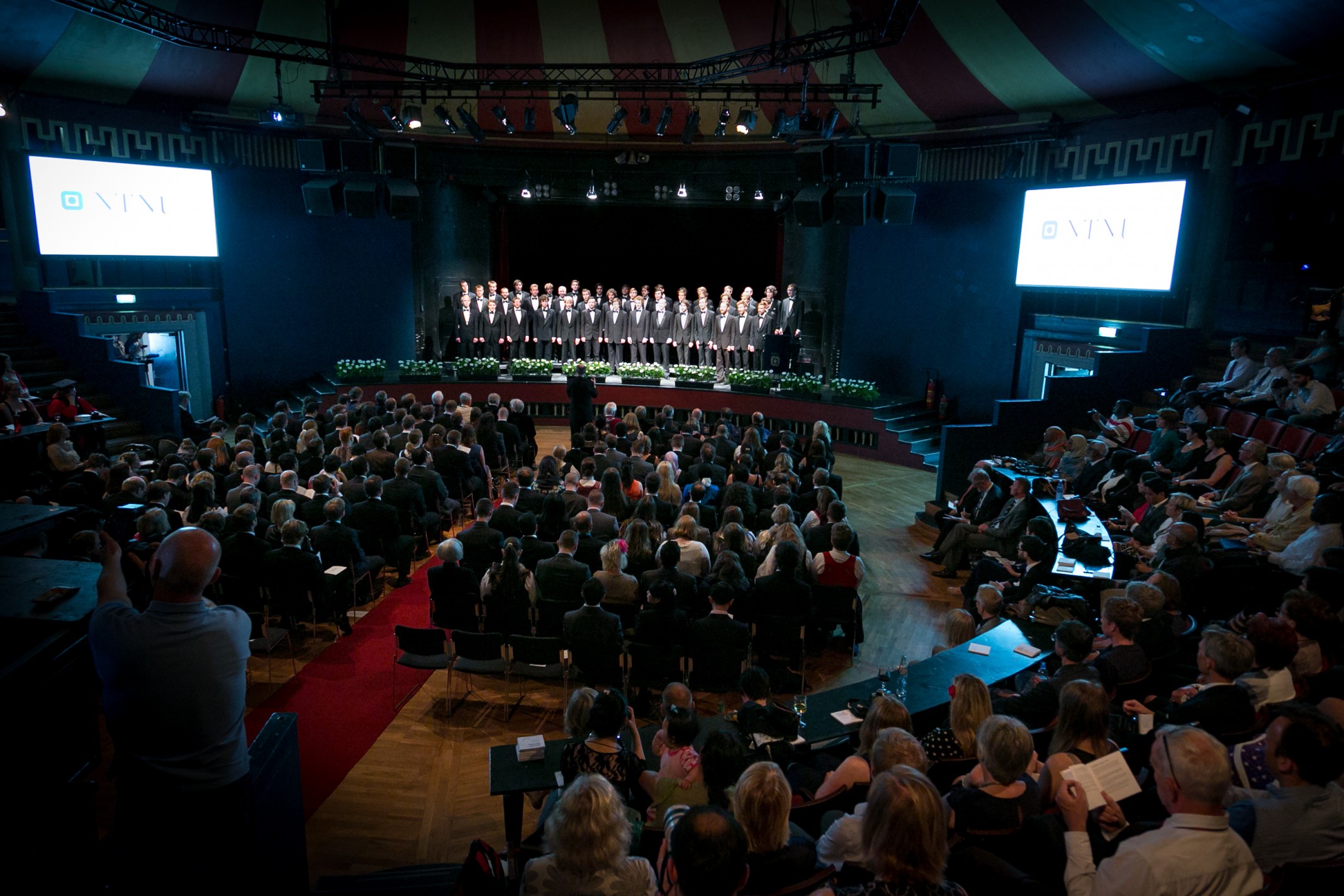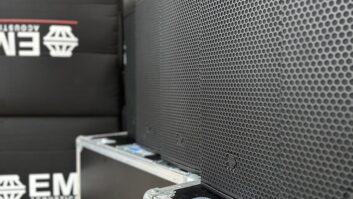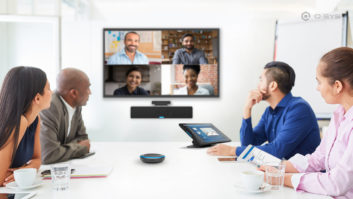
After considering conference facility and performance venue scenarios, our final audio networking scenario centres upon what is apparently a significant growth area for networking vendors: a college of higher education. Coverage of long distances is a particular priority for this environment, with the audio networking design needing to accommodate an auditorium (approximate capacity 800-1,000), two radio studios and a couple of classrooms. With the site expected to undergo a development programme in the mid-term future, it should also be possible to achieve easy expansion of the system.
In a large, potentially cross-campus deployment as might frequently be found in an HE facility installation, a Layer 3-based solution may be preferable. “You would probably go Layer 3 as you would need to route audio, video and data across network boundaries,” says Andreas Hildebrand, senior product manager at ALC NetworX. “You rarely have a facility like that sitting on a single, big local network segment, so you would need routing capabilities, and that means you need Layer 3.”
He continues: “If wide area connections are also part of the set-up, the networking solution needs to be capable to offer high flexibility in the choice of operating parameters on individual routes to different destinations in order to deliver satisfying performance with the lowest possible latency, matching the individual jitter characteristics of the various WAN routes.”
Adam Holladay, Harman International senior manager for systems design, confirms that, once again, “in a college of higher education the chances are that the IT specification is not going to be under the audio designer’s control. Since it is highly unlikely that the IT department would have chosen a [Layer 2-based] AVB-compatible switch as there are relatively few of them, that means a [Layer 3 design] would be the preferred option.”
In a college of higher education, remarks Will Hoult, product manager for Focusrite, the ability to deliver audio quickly and efficiently where it is required is an obvious benefit. Once again, he suggests, a Dante-based deployment can come into its own in this environment. “Often a college would be looking to move the audio equipment around the facility on something like a 12U rack, and in that regard the ease of use of Dante makes that a real possibility,” he says. “It’s based on the identity of devices rather than their physical location, so it remembers which device audio was being received from previously. It might now be in a completely different location, but audio would still be received properly, and that makes a mobile rack-based approach – something that would be ideal for an HE college – trivial to achieve.”
Anecodtal evidence aside, it is quite difficult to ascertain precisely how widely the newer technologies are being used in real-world applications. But the experience of interface, conversion and routing technology products developer DirectOut does underline the current transitional state.
The company is currently completing work on its first Ravenna-based product – “we are finalising that now and expect to be able to announce more details shortly” – but DirectOut CTO Stephan Flock confirms that MADI conversion technology remains the bedrock of its current offer.
“It’s a slightly odd situation to be talking about the benefits of MADI at the same time we are also pursuing the road of audio over IP,” admits Flock. “But with MADI, you have defined point-to-point connectivity and very low latency. There is also the fact that it is a standard with a weight of history behind it, and it is very open with regards to selecting equipment and putting together a system design. There is a sense of reassurance that you are going to have a compatible way of working, and that can still be a challenge with networked solutions.” And that, in a nutshell, is why MADI will doubtless remain an integral part of the landscape for many years to come.
But as the above responses indicate, Dante, in particular, is now making dramatic inroads into all manner of install applications. Dependable, Layer 3-based networking is bringing unheralded flexibility to the built environment – so expect to see it applied widely to many more than the three scenarios outlined in these features.







